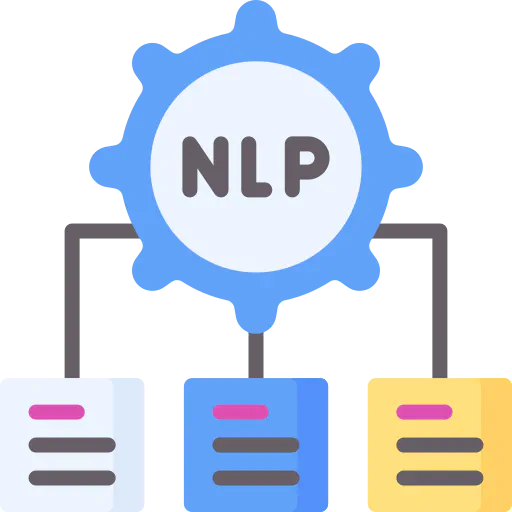PyTorch
Oct 26, 2023
·
1 min read

PyTorch is a Python package that provides tensor computation (like NumPy) with strong GPU acceleration.
Authors
Associate Professor
Dr. Brian Jalaian is an Associate Professor at the University of West Florida and a Research Scientist at IHMC, where he leads cutting-edge work at the intersection of machine learning, AI assurance, and systems optimization. His research spans large language models (LLMs), AI model compression for edge deployment, uncertainty quantification, agentic and neurosymbolic AI, and trustworthy AI in medicine and defense. Formerly a senior AI scientist at the U.S. Army Research Lab and the DoD’s JAIC, Brian has shaped national efforts in robust, resilient, and testable AI. He’s passionate about building intelligent systems that are not only powerful—but provably reliable. When he’s not optimizing AI at scale, he’s mentoring the next generation of ML engineers or pushing the boundaries of agentic reasoning.